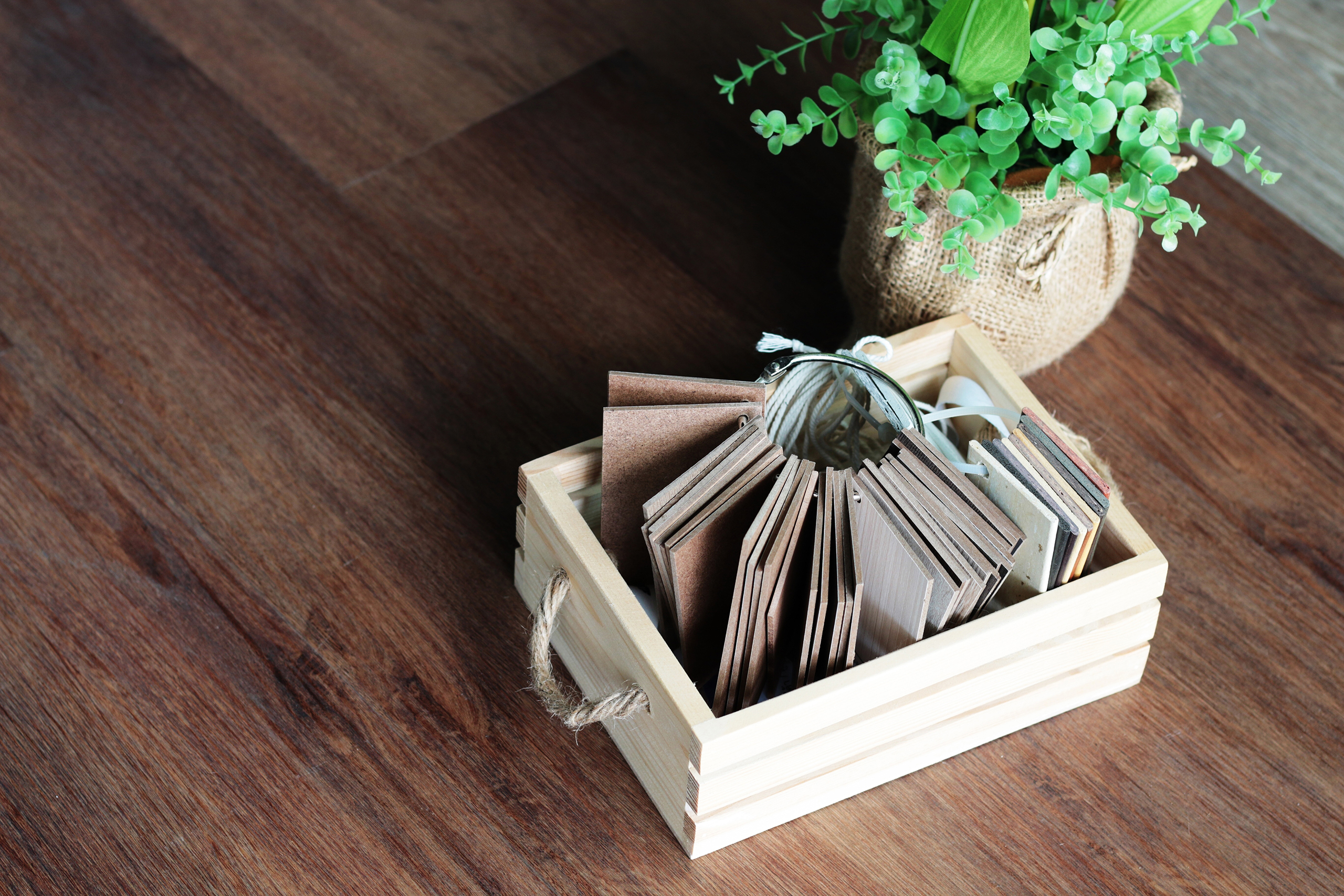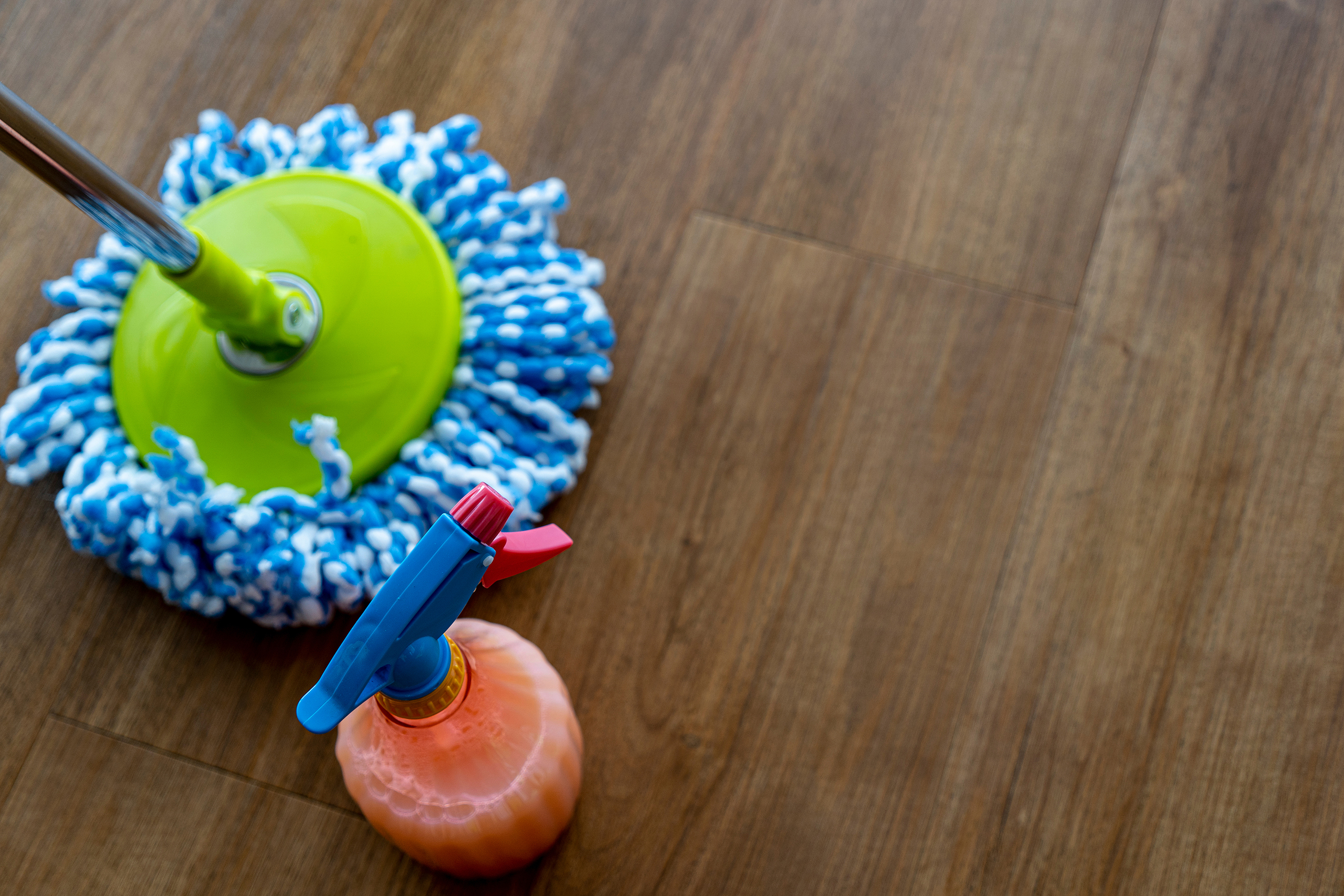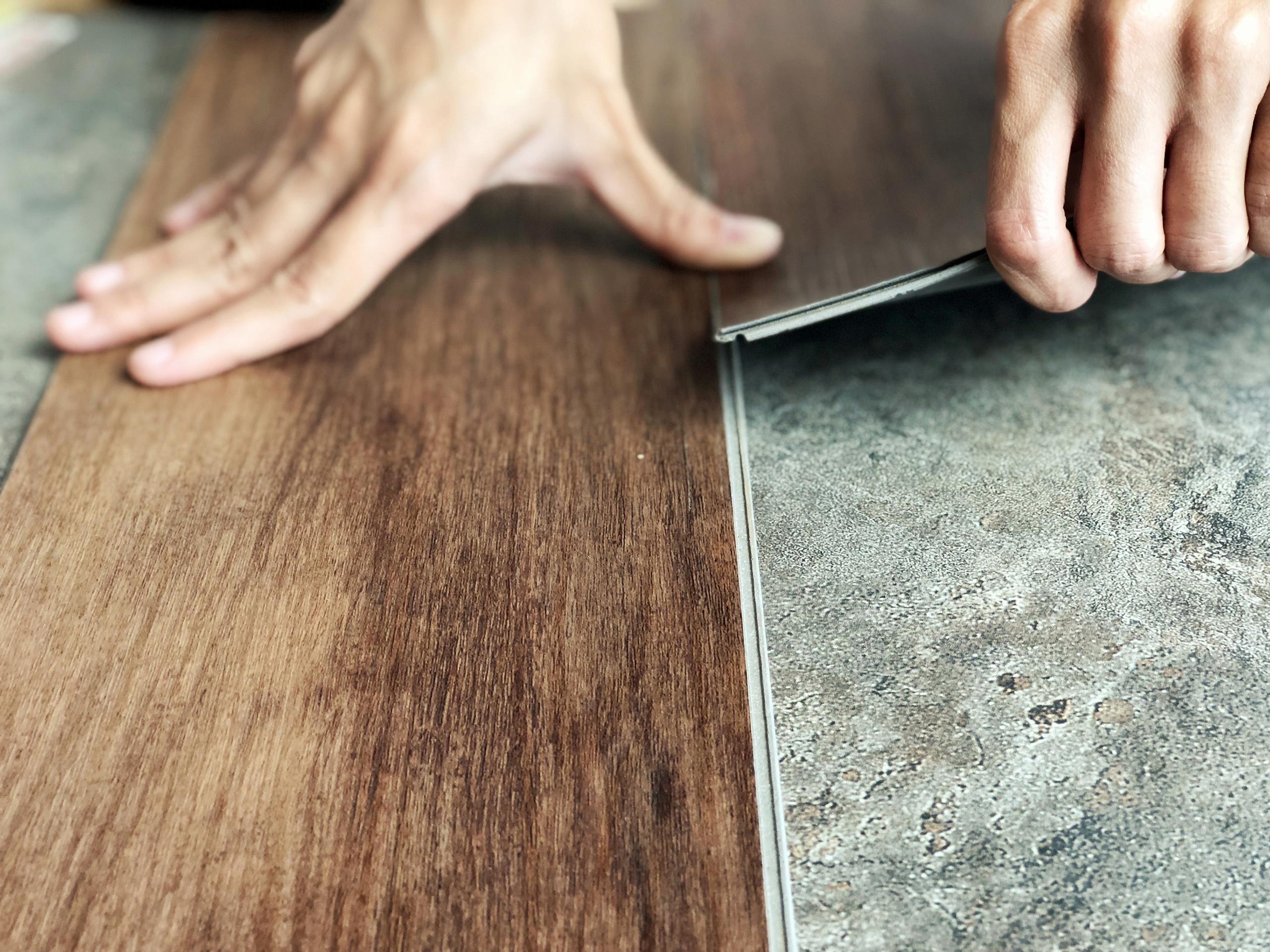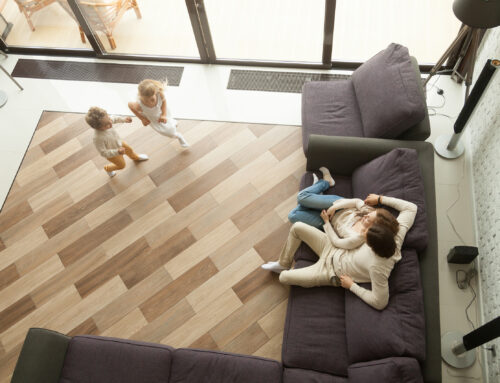Choosing the right flooring is an important decision for homeowners and business owners alike. In the world of vinyl flooring, two options often spark interest: Vinyl Composite Tile and Luxury Vinyl Tile, or VCT vs. LVT. Understanding the nuances between them is crucial before making a selection.
Vinyl Composite Tile, or VCT, is a cost-effective, durable flooring choice. Composed of vinyl resins, fillers, and additives, VCT is renowned for its strength and is commonly found in high-traffic commercial spaces. On the other hand, Luxury Vinyl Tile (LVT) has gained popularity in both residential and commercial settings. LVT offers the look of natural materials like wood or stone while retaining vinyl’s practical advantages, such as water resistance.
Whether you’re considering a flooring upgrade in Chesapeake, VA, or elsewhere, this guide will delve into the differences between LVT and VCT and the merits and factors to ponder for each flooring type. Whether you lean towards the enduring sturdiness of VCT or the contemporary allure of LVT’s interlocking vinyl planks, this guide will equip you to make an informed choice that aligns with your space and style.
What is Vinyl Flooring?
Vinyl flooring is a versatile and popular choice for residential and commercial spaces. It is known for its water resistance, durability, and cost-effectiveness. Vinyl flooring is available in various forms, including tiles, sheets, and planks, making it suitable for multiple applications.
Vinyl Composite Tile (VCT)
Vinyl Composite Tile, often called VCT, is a type of vinyl flooring. It is made of vinyl fillers, resins, and additives, which are compressed under high pressure and cut into tiles. VCT is renowned for its exceptional sturdiness and affordability, making it a common choice for commercial spaces with high foot traffic.
Luxury Vinyl Tile (LVT)
Luxury Vinyl Tile, or LVT, is another variant of vinyl flooring. What sets LVT apart is its ability to imitate the look and texture of natural materials like stone or wood while offering the practical advantages of vinyl, such as ease of maintenance and resistance to water. LVT typically consists of multiple layers, including a printed design layer, a wear layer, and a core layer, resulting in a visually appealing and highly durable flooring option.

Appearance
Luxury Vinyl Tile (LVT) and Vinyl Composite Tile (VCT) differ significantly in appearance. LVT utilizes advanced photo technology to replicate the timeless look of stone, wood, or various other finishes with remarkable precision. It captures the visual aspects and texture, providing a realistic and aesthetic flooring option. LVT offers versatility and the ability to create an inviting and elegant atmosphere in any space.
In contrast, VCT is often considered a more common flooring solution with limited design possibilities. Its pattern and color options are limited, and due to its composition, there’s no guarantee that you’ll get the exact pattern you desire. VCT’s composition, including filler materials and limestone, can lead to complications, and it lacks embossing in its design, resulting in a flatter appearance.
Color
LVT’s design flexibility extends to its color palette, allowing for endless possibilities. Whether you prefer the warm hues of wood or the cool tones of stone, LVT can easily cater to your color preferences.
VCT, on the other hand, is constrained when it comes to color options. Its choices tend to be more limited, making it less adaptable to diverse color schemes.
Pattern
LVT offers a range of patterns. Its design capabilities are virtually boundless, offering a wide range of patterns that can imitate natural materials like marble, concrete, wood, and stone. This versatility allows for creative and customized flooring designs.
VCT, again, falls short in the pattern department. Due to its limitations in design structure, it struggles to offer intricate or diverse patterns, making it less suitable for those seeking unique and expressive flooring options.
Durability
When assessing the durability and stability of LVT vs. VCT flooring, it’s essential to consider their composition and the expected level of foot traffic in the space.
Foot Traffic
The amount of foot traffic in a space is a crucial factor when deciding between VCT and LVT:
VCT is commonly used in environments with moderate to high foot traffic, particularly in education and healthcare settings. Proper maintenance can help it withstand heavy use.
LVT, on the other hand, is becoming the preferred choice across various commercial industries that experience substantial foot traffic. Its durability and design versatility make it an ideal solution for spaces where aesthetics and functionality are equally important.
Moisture
Moisture resistance is a key consideration in flooring selection:
VCT is porous and can be vulnerable to moisture penetration. As a result, it requires regular topical finish or wax applications to protect against moisture. This maintenance regimen includes periodic polishing and the possibility of stripping and resealing over time.
LVT boasts non-porous properties due to its vinyl composition. It’s an excellent choice for moisture-prone areas and doesn’t require additional wax or finish to maintain its moisture resistance. This makes LVT a low-maintenance option, especially in spaces where moisture control is essential.
Applications
The choice between VCT and LVT often hinges on the specific applications:
VCT is commonly found in education and healthcare settings. It can endure moderate to high foot traffic but may not be the best choice for moisture-prone areas.
LVT is gaining popularity in various commercial industries with high-traffic spaces due to its durability, moisture resistance, and design adaptability. It’s a versatile option suitable for environments where aesthetics and functionality are paramount.

Caring for VCT vs. LVT
Maintaining the pristine appearance of your flooring is essential, and understanding the care requirements for Vinyl Composite Tile (VCT) and Luxury Vinyl Tile (LVT) is crucial.
Mops, Vacuums, and Brooms
- VCT: To keep VCT looking its best, regular sweeping and dry mopping is essential to remove dirt and debris. For more thorough cleaning, wet mopping with a pH-neutral cleaner is recommended. However, VCT is moisture-prone, so excessive water should be avoided.
- LVT: LVT is less finicky when it comes to moisture. It can withstand wet mopping, making it easier to clean and maintain. You can use traditional mops, vacuums, or brooms, and even steam cleaning is an option for certain LVT products.
Natural and Store Bought Cleaners
- VCT: VCT may require specific pH-neutral or manufacturer-recommended cleaners to maintain its appearance. Natural cleaners can be an option, but care should be taken to avoid products that can damage the wax or finish.
- LVT: LVT tends to be less demanding when it comes to cleaners. While pH-neutral cleaners are recommended, many LVT products are more forgiving with the type of cleaners used. Some natural cleaners can also be safely employed.
Rugs and Furniture Pads
- VCT: Rugs and furniture pads are advisable to protect the surface and prevent scratches or scuffs. However, they should occasionally be lifted to prevent moisture from being trapped beneath them, which can harm VCT.
- LVT: Rugs and furniture pads are also recommended for LVT to safeguard against scratches and marks. LVT’s moisture resistance makes it less susceptible to issues caused by trapped moisture.
Cost Comparison Between VCT vs. LVT
When comparing the costs of Luxury Vinyl Tile (LVT) and Vinyl Composite Tile (VCT), it’s crucial to consider your flooring goals and the long-term expenses associated with each option.
Per Square Foot
- VCT: VCT often stands out as a low-cost choice, with initial costs typically falling under $2 per square foot when installed. This affordability can be appealing for budget-conscious projects.
- LVT: On the other hand, LVT generally falls within a price range of $2 to $5 per square foot, which includes installation costs for commercial-grade products. While LVT may seem slightly more expensive upfront, it offers significant benefits that translate into cost savings over time.
Installation
- VCT: The initial installation of VCT is relatively cost-effective. However, it’s essential to factor in the cost of professional installation, as VCT requires precise placement and adhesive application to achieve the best results.
- LVT: LVT’s installation costs are typically higher than VCT, but its long-term advantages offset this expense. Professional installation is also recommended for LVT, ensuring proper alignment and durability.
Maintenance
- VCT: The initial low cost of VCT can be deceptive, as it demands ongoing maintenance expenses. VCT requires frequent polishing, waxing, and resealing, incurring additional costs over time. Neglecting maintenance can lead to a shorter lifespan and increased vulnerability to damage.
- LVT: While LVT may have a higher upfront cost, its long-term maintenance costs are notably lower. LVT is a low-maintenance option, requiring only routine sweeping or dry mopping to keep it looking its best. This reduced maintenance results in substantial savings in the long run.
Ready to Buy?
Now that you have discovered the key differences between VCT vs. LVT and understood what VCT flooring is, you can make a well-informed decision. For all your flooring needs in Chesapeake, VA, Yates Flooring has you covered. Contact Yates Flooring today to find the perfect flooring solution for your space.





